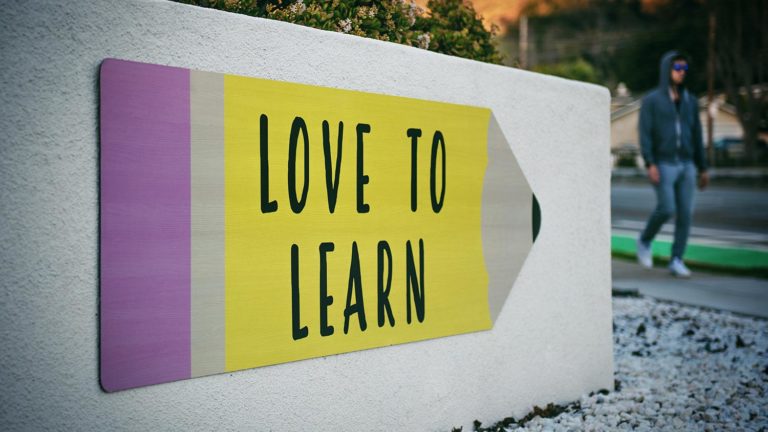Creativity is a valuable skill to teach your children so that they don’t just succeed, they thrive. The greatest entrepreneurs and innovators aren’t the ones who follow rigid protocols; they are the ones who dare to explore, to go beyond. But what happens when your kid is out of ideas? How do you push on when you feel like you’ve hit a wall?
Solutions may come in ways that you might not expect. As you try to teach your children to come up with new ideas, here are some simple steps you might take to cultivate their creativity not just now, but also in the future.
- Praise effort – not results. Now, you might say, “this isn’t a solution, and this has nothing to do with creativity, why is this the first step?” But bear with me. This step is crucial above all the others because it motivates your children to keep trying despite failure.
Achievement is great, no doubt about it, but when a child is only rewarded for success, they miss out on the great wisdom of failure. Learning what doesn’t work is just as valuable as learning what does work; therefore, the important thing is that your child learns how to keep trying because of the value of failure, not out of fear of failure. - Step away and get busy. This may seem counterintuitive, but often the best way to solve a problem or to come up with a new idea is to walk away completely. Have your kid do something else, something that doesn’t require thinking. Wash the dishes, clean their room, do anything to keep their hands busy. As their mind and body settle into a familiar routine, their creativity is working on overdrive in their subconscious.
- Go outside. Take your kid for some ice cream and fresh air. Walking around in a natural environment is not only good for the body, but it snaps the mind out of the cyclical pattern where your kid keeps hitting that wall. Maybe, when you get back home, you can make up a story about items you saw together to get their creativity flowing.
- Create new questions – and write down the answers. Sometimes problems are best tackled by solving something else. Give your child an unrelated problem to solve and write down what they do. Maybe you could say, “I don’t like the way the living room looks. How would you move things?” Solving small problems such as these makes your child feel important, creates space for their own creativity, and allows for follow-up dialogue to discuss the experience afterwards.
- Play with your kid. Playtime fosters imagination, but the important bit here is to let them lead, rather than creating a game for them. By making them take the initiative and supporting their creative space, you can help your child be more confident about coming up with fresh ideas and taking charge, valuable life skills in any field.
Keep in mind that these strategies are recommended for when you’ve reached a creative impasse and have nothing to lose. They’re not guaranteed to work (is anything?) but they’re worth trying; they just may shake some good ideas loose. (And look at it this way: no matter what happens, you will have spent some quality time with your child!)








